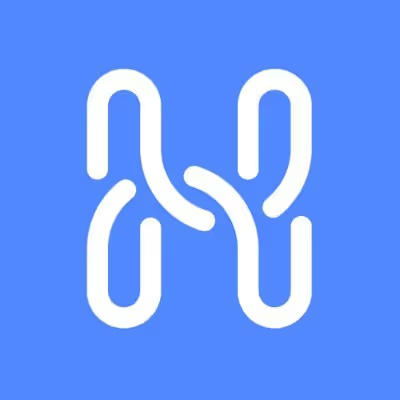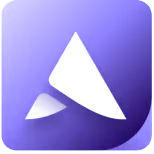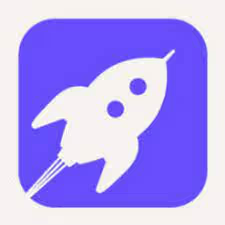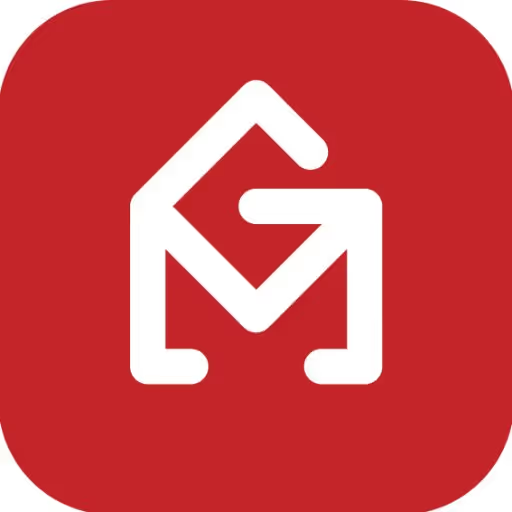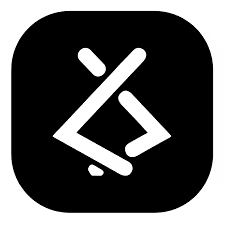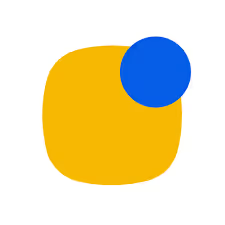What are cold outreach AI agents?
Cold outreach AI agents are tools that automate finding prospects and sending personalized messages to boost lead generation.
What can cold outreach AI agents do?
They research leads, craft messages, schedule outreach, and track engagement to increase response rates and save time.
How do cold outreach AI agents work?
They use AI to analyze data, personalize messages, and automate sending across channels like email or social media.
Are cold outreach AI agents easy to set up?
Most tools are user-friendly with step-by-step onboarding, requiring minimal technical skills to start automating outreach quickly.
Are cold outreach AI agents free?
Some offer free trials or limited free plans, but advanced features usually require a paid subscription.
What is the common cold outreach AI agents pricing?
Pricing typically ranges from $20 to $100+ per month depending on features, contacts, and message limits.
What are the types of cold outreach AI agents?
Types include email sequence builders, LinkedIn messengers, multi-channel outreach platforms, and lead enrichment tools.
Do cold outreach AI agents work with email?
Yes, most cold outreach AI agents integrate with email to send personalized campaigns and track replies.
What are the best cold outreach AI agents tools?
Popular tools include Apollo, Outreach, Lemlist, SmartReach, and Klenty for automated prospecting and messaging.
What are common cold outreach AI agents integrations?
They commonly integrate with CRM, email services, LinkedIn, Zapier, and analytics platforms for seamless workflows.





